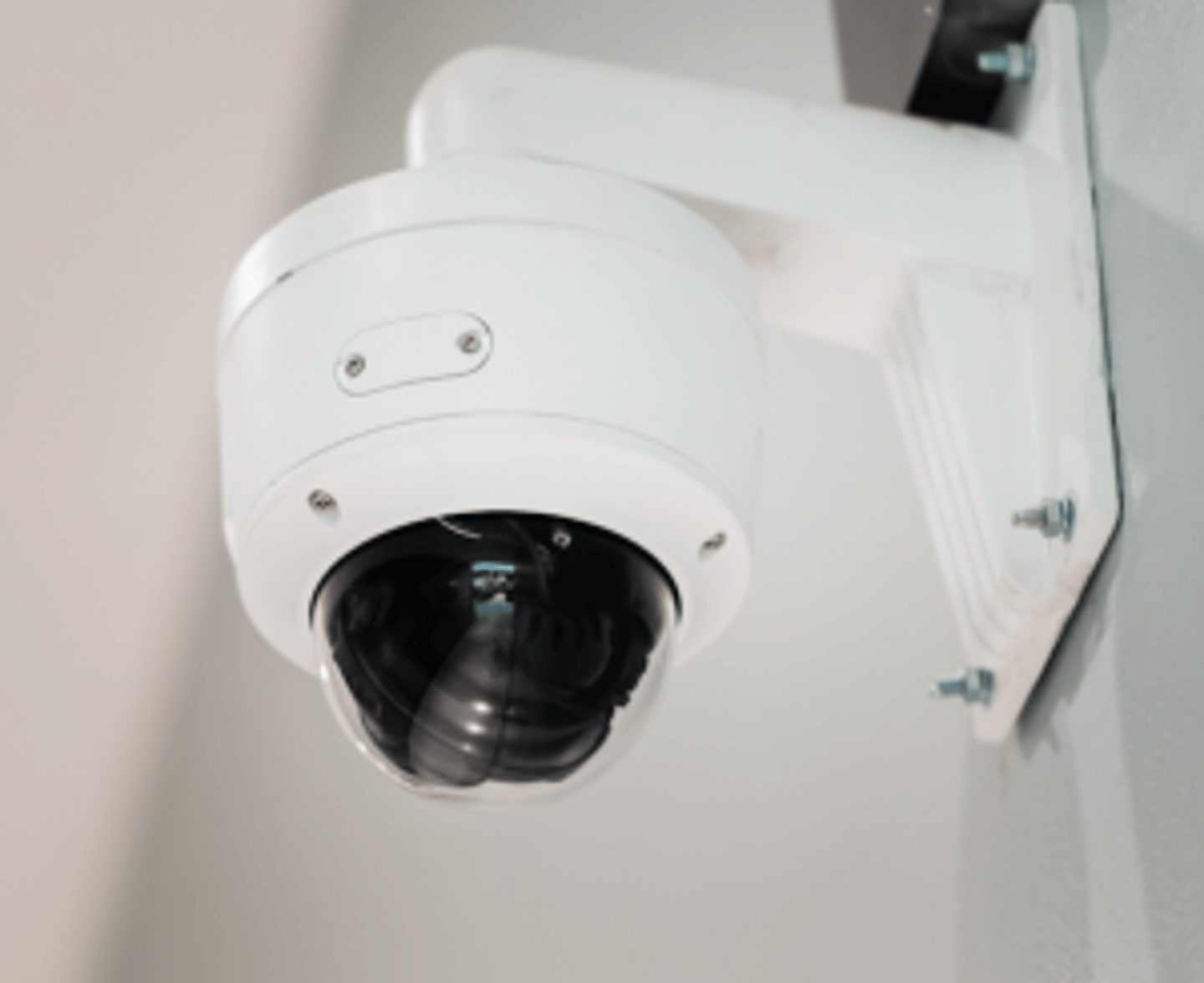7 strategies for loss prevention
Retail shrinkage, due to employee theft, shoplifting and errors, is an ongoing issue for c-store operators. Now, the COVID-19 pandemic is creating new challenges for retailers when it comes to loss prevention.
History shows that retail theft increases after global events that have major economic impact.
Retail experts are predicting that COVID-19 could lead to increases in retail crime, as factors such as unemployment, uncertainty and financial pressure make people more likely to steal or purchase stolen goods. Additionally, thieves are likely to take advantage of masking policies to get away with shoplifting and organized retail crime.
- Limit the number of shoppers in store
Limiting the amount of shoppers allowed inside at a given time will prevent your retail store from becoming too crowded. Not only is this an important health and safety measure these days, it is also critical in deterring retail theft.
A limited number of shoppers in-store will make it easier for staff to spot any suspicious activity. Remember, alert employees are the best defense against shoplifters. Attentive customer service and eye contact are key: Thieves hate attention and are less likely to act if they are in plain sight of store employees. If employees suspect a shopper is likely to commit a crime, teach them to engage the shopper in conversation.
Since many retailers have had to decrease the number of staff per shift to accommodate social distancing guidelines, limiting shoppers in store will also help to ensure adequate staff oversight.
TIP: Install sensors that notify you when shoppers enter or exit the store.
- Cameras and mirrors
No matter how alert you and your employees are, it’s difficult to constantly monitor what is going on in your store. This is why security cameras, mirrors, and closed-circuit television cameras are great assets.
With a limited number of staff allowed per shift in order to maintain social distancing, you may want to consider installing more cameras and mirrors. It can be as simple as Wi-Fi cameras with recording functions or advanced AI surveillance software (NoLeak Defence uses technology to flag when a person’s body language is suspicious). For smaller retailers, mirrors are a cost effective way to monitor blind spots and corners of your store.
TIP: Cover corners, as well as the cash register and doors (inside and out).
- Signage
Similar to how at-home security system stickers deter burglars, anti-theft signs can ward off potential retail crime.
- Place signs near your storefront or your front door to make it clear that your store is being monitored. This is often the first place that shoppers look and it mitigates privacy concerns.
- Feature a set of eyes or list the consequences of retail crime (fines, jail time etc.) on the signage. Research shows this increases the likelihood of compliance.
TIP: Place signage high up where shoplifters would look for cameras/mirrors.
- Control cash
COVID-19 is the key reason many retailers are going cashless, however there are also security benefits (not to mention time saved on balancing your cash drawer every day). A significant amount of shrinkage is internal because employees are most likely to understand how your operation works and the security weak spots. There are costs associated with electronic payments, but when you consider the risks in terms of employee theft and the extra administration costs, it can be more cost-effective to go cashless. That said, cash and convenience go hand-in-hand—a kid coming in for a candy bar or a pop can’t necessarily tap and pay: that’s why it’s important to invest in a POS system that has proper cash management and “cashout” controls.
TIP: Ensure your POS system has strong user permissions.
- Connect in the cloud
Before the pandemic, many merchants looked at “omnichannel,” “harmonized” or “unified” software as a nice-to-have, but in this era of social distancing and working from home it’s increasingly a must-have. While the terms have slight differences, they basically refer to a single system or piece of software that enables you to connect all inventory and sales data with the added flexibility and accessibility of cloud-based systems (particularly useful for those who manage multiple locations).
TIP: Separate or poorly linked systems make it much harder for operators to track inventory and easier for thieves to steal.
- Store layout
In addition to promoting social distancing, c-stores need to be designed to prevent theft. Start with a well-organized space and elevated sales counters that offer visibility of the entire space. Adequate lighting (inside and out) is a vital security measure, while investing in lockable cabinets for vape and tobacco products provides peace of mind.
TIP: Create better sightlines by avoiding large or clustered displays.
- Stop shrinkage
With attention focused on crisis management of late, some employees could take advantage: Fraud training for senior employees, visible anti-fraud efforts and the promotion of trust and transparency are essential.
- Do random inventory counts by category.
- Increase POS data analysis and auditing frequency to uncover unusual patterns.
- Run background checks when hiring new employees.
- Ensure employees are well trained to prevent accidental loss. Whether it’s entering inventory incorrectly or using the wrong discount, accidental losses can add up: A POS system with built-in training tools can help ensure that your employees are well trained on store policies and procedures.
TIP: It’s important to send a clear message that fraud prevention is a priority.
Karen Wong is co-founder and CEO of Taku Retail, which specializes in POS solutions for retailers across Canada. She can be reached at [email protected]

